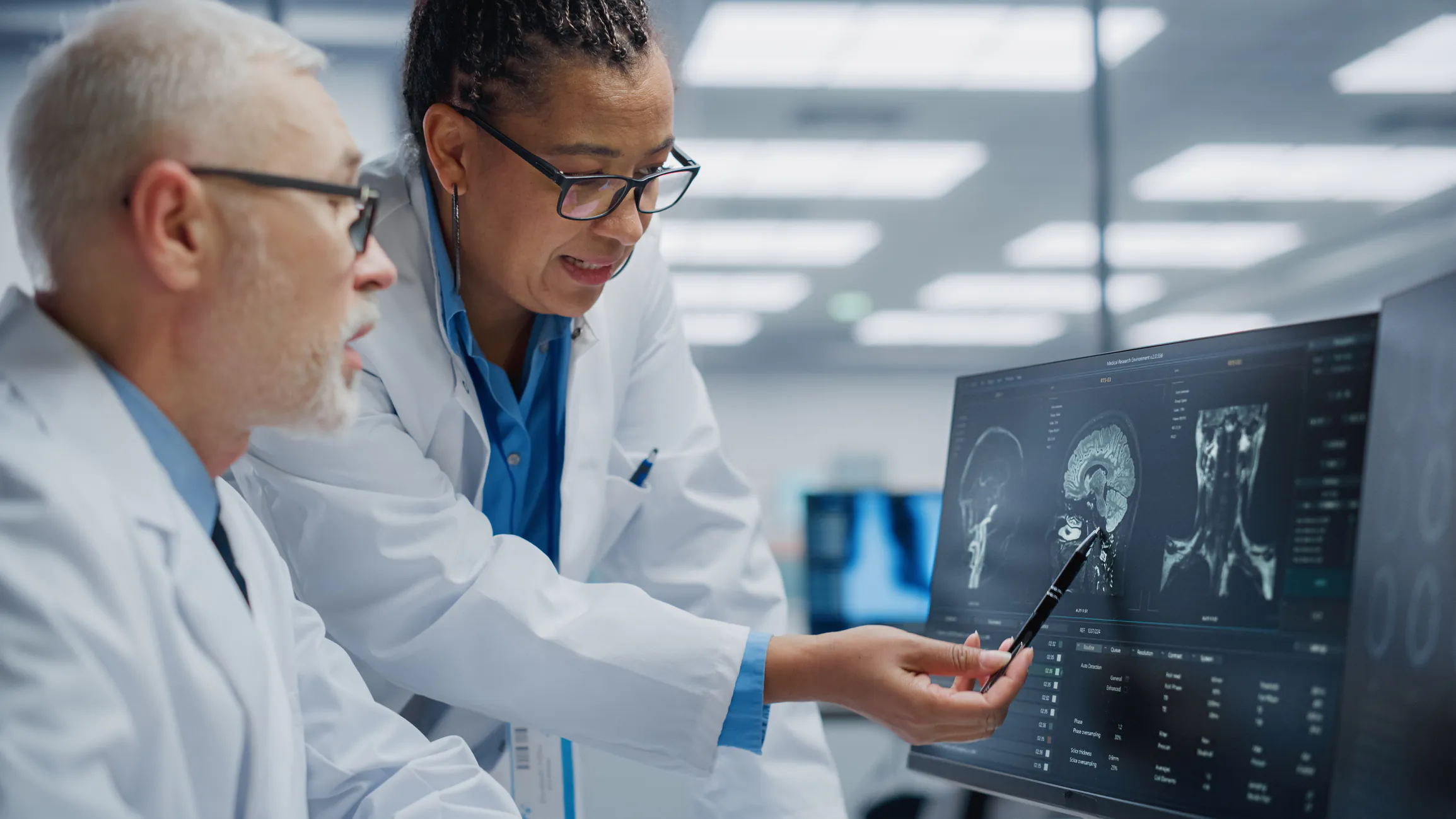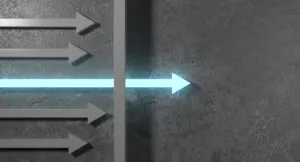Author: Senior Market Research Analyst, Infiniti Research
Under medical technology, remote patient monitoring devices (RPMs) are reshaping how healthcare is delivered, making it smarter, faster, and more patient-centric. As we embrace this digital healthcare revolution, it’s clear that innovations in medical tech are not just enhancing patient outcomes—they’re transforming lives. Let’s dive into the upcoming world of medical tech innovations that are shaping the future of healthcare.

What is Remote Patient Monitoring?
Remote patient monitoring refers to the use of digital technologies to collect and transmit health data from patients to healthcare providers. This approach allows for continuous monitoring of vital signs such as blood pressure, heart rate, and glucose levels without requiring patients to visit a clinic. By leveraging mobile medical devices, patients can gather their health data and send it directly to their healthcare professionals, enabling timely interventions when necessary.
The Need for RPM
The demand for remote patient monitoring has surged, especially in recent years due to the COVID-19 pandemic. With healthcare systems overwhelmed, RPM devices have provided a crucial solution by minimizing in-person visits while ensuring that patients receive the care they need. This technology is particularly beneficial for individuals with chronic diseases like diabetes and hypertension, where regular monitoring is essential for effective management.
Elevate your healthcare delivery with cutting-edge Remote Patient Monitoring (RPM) solutions. Connect with our experts today to explore how RPM can enhance patient engagement, improve care quality, and reduce healthcare costs.
How Remote Patient Monitoring Devices Work
Data Collection and Transmission
The process begins with a remote patient monitoring device that collects various health metrics. These devices can range from simple blood pressure cuffs to sophisticated wearables that track multiple vital signs simultaneously. Once collected, this data is transmitted via secure applications to healthcare providers who can analyze it in real-time.
Evaluation and Response
Healthcare providers receive the transmitted data and assess it against predefined thresholds. If any readings fall outside normal ranges, alerts are generated, prompting immediate action. This could involve contacting the patient for further evaluation or adjusting treatment plans based on the insights gained from continuous monitoring.
Benefits of Remote Patient Monitoring Devices
Enhanced Patient Engagement
One of the most significant advantages of RPM is increased patient engagement. By actively participating in their health management, patients feel more empowered and informed about their conditions. This engagement leads to better adherence to treatment plans and improved health outcomes.
Improved Quality of Care
Remote patient monitoring enhances the quality of care by providing healthcare professionals with comprehensive data about their patients’ health status. This wealth of information allows for more personalized treatment plans and timely interventions, ultimately leading to better health outcomes.
Cost-Effectiveness
RPM devices can significantly reduce healthcare costs by minimizing hospital visits and emergency room admissions. Patients can manage their conditions at home, which not only saves money but also reduces the burden on healthcare facilities.
Types of Remote Patient Monitoring Devices
Smart Wearables
Smart wearables are at the forefront of RPM technology. These devices monitor various health metrics like heart rate, oxygen saturation (SpO2), and sleep patterns. They provide real-time feedback to both patients and healthcare providers, facilitating proactive health management.
Blood Pressure Monitors
Blood pressure monitors are essential tools in managing hypertension. These devices allow patients to track their blood pressure regularly and share this information with their healthcare team, enabling timely adjustments to treatment as needed.
Glucometers
For diabetic patients, glucometers play a crucial role in managing blood sugar levels. These devices not only measure glucose levels but also transmit data to healthcare providers, allowing for better management of diabetes through informed decision-making.
ECG Monitors
Electrocardiogram (ECG) monitors are vital for patients with cardiovascular issues. These devices record heart activity and send real-time data to clinicians, enabling them to monitor heart rhythms and detect potential problems early on.
Challenges in Implementing RPM Technologies
While the benefits of remote patient monitoring devices are clear, there are challenges that need addressing:
Data Privacy Concerns
With the collection and transmission of sensitive health data comes the responsibility to protect that information. Ensuring robust security measures are in place is essential for maintaining patient trust and complying with regulations like HIPAA.
Technology Adoption Barriers
Not all patients are comfortable with technology or have access to necessary devices. Bridging this digital divide is crucial for ensuring equitable access to remote monitoring solutions across diverse populations.
Read more: Revolutionizing Patient Care with Virtual Hospital Wards: A Case Study
The Future of Remote Patient Monitoring
Integration with Artificial Intelligence
The future of RPM lies in integrating artificial intelligence (AI) into these systems. AI can enhance data analysis capabilities, allowing for predictive analytics that can foresee potential health issues before they become critical. This proactive approach could revolutionize how we manage chronic diseases.
Expansion Beyond Chronic Care
While RPM has primarily focused on chronic disease management, its applications are expanding into acute care settings as well. For instance, during the COVID-19 pandemic, RPM technologies were used to monitor symptoms remotely, helping reduce hospital strain while ensuring patient safety.
Conclusion: Embracing Change in Healthcare
As we embrace these medical tech innovations, it’s clear that remote patient monitoring devices are not just a trend but a fundamental shift in how we approach healthcare delivery. By empowering patients through technology, we can enhance engagement, improve outcomes, and ultimately create a more efficient healthcare system.
The journey towards fully integrating remote patient monitoring into mainstream healthcare continues, but one thing is certain: these innovations are here to stay. As we look ahead, embracing these changes will be key to unlocking a healthier future for all. By understanding how remote patient monitoring works and recognizing its benefits, both patients and providers can take meaningful steps toward improved health management today—because after all, your health shouldn’t wait!
Transform your healthcare approach with innovative Remote Patient Monitoring technologies. Reach out to our team today to discover tailored solutions that empower patients and optimize health outcomes.


